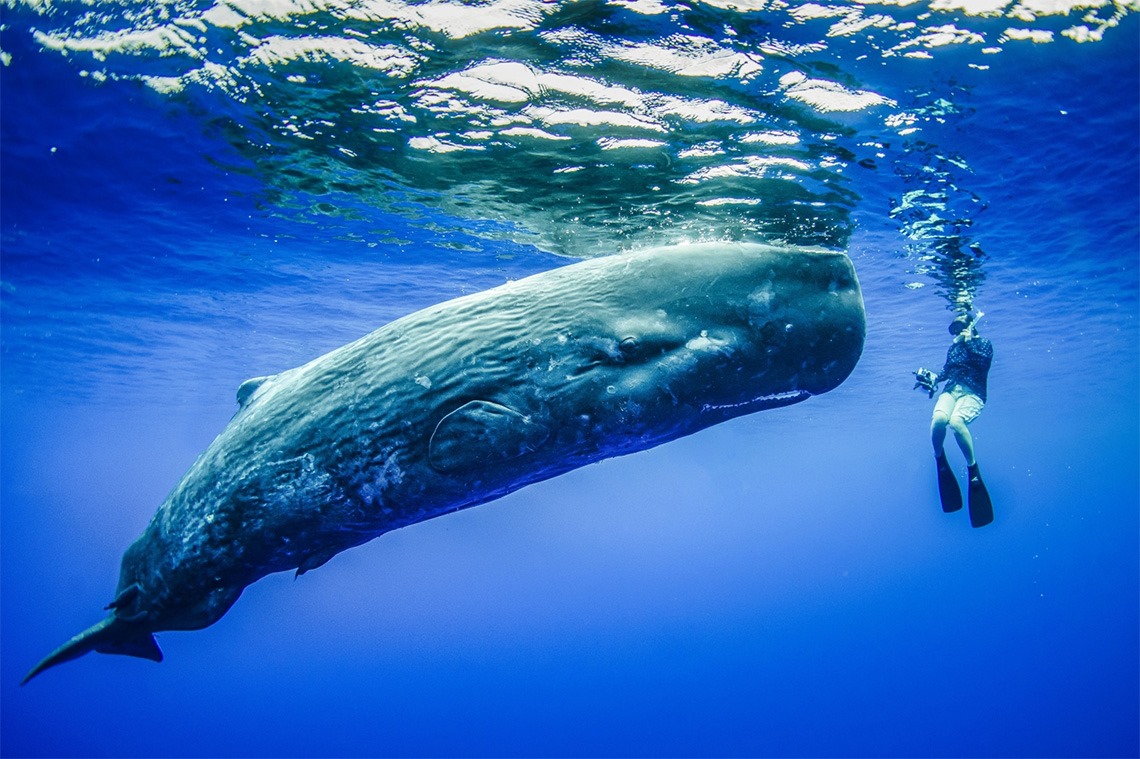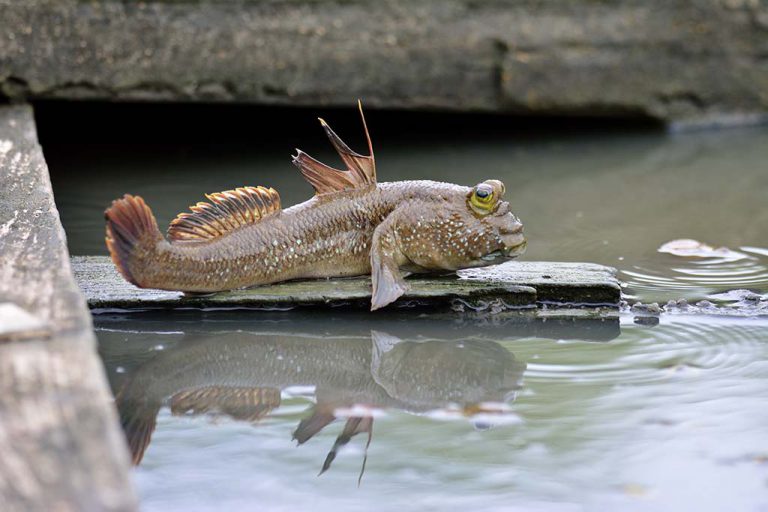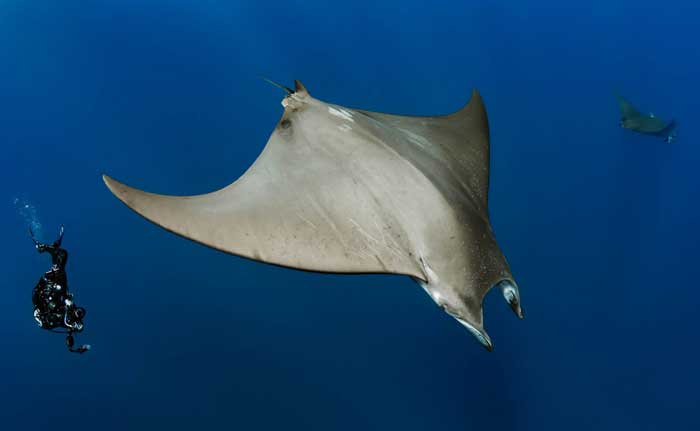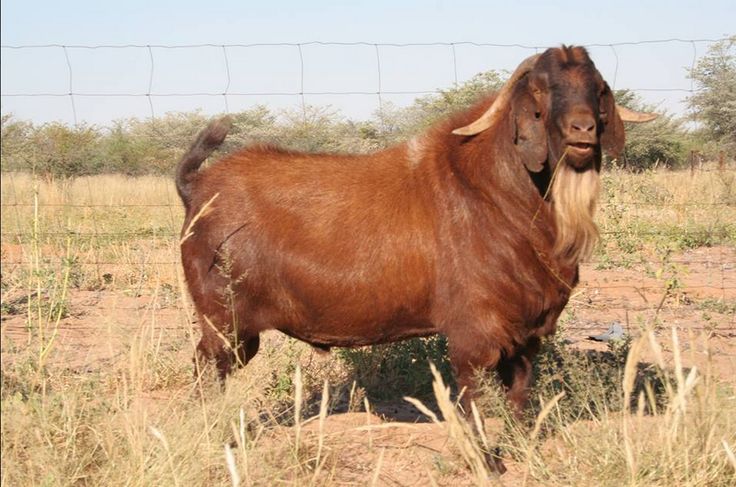The Largest Whales in the Ocean
When it comes to the giants of the sea, whales are always at the top of the list. With around 90 species in the whale family, these marine mammals are full of fascinating traits and secrets. Today, we’ll explore some of the largest whales roaming our oceans.
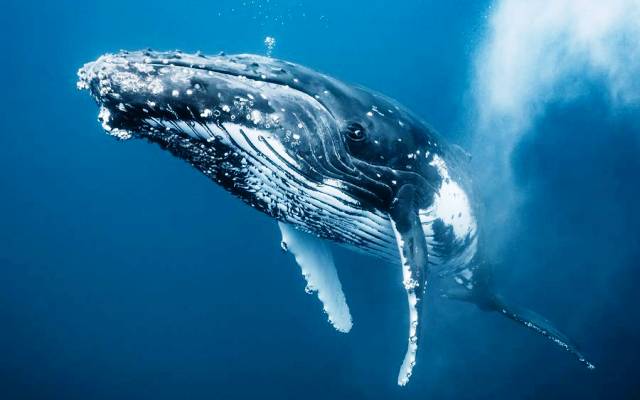
Humpback Whale
Length: 12–16 meters
Weight: 28–33 tons
Recognizable by their long pectoral fins and distinctive knobby heads, humpback whales are found in oceans around the globe. They feed mainly on krill and small fish in polar waters. One of the most captivating aspects of humpbacks is the songs sung by males, lasting 10–20 minutes, often during mating season. These vocalizations, a mix of moans, cries, and wails, can carry for miles underwater.
Though humpbacks were heavily targeted by whalers, their populations have rebounded to around 80,000. Today, threats include ship collisions, fishing gear entanglement, and noise pollution, which can damage their sensitive hearing.
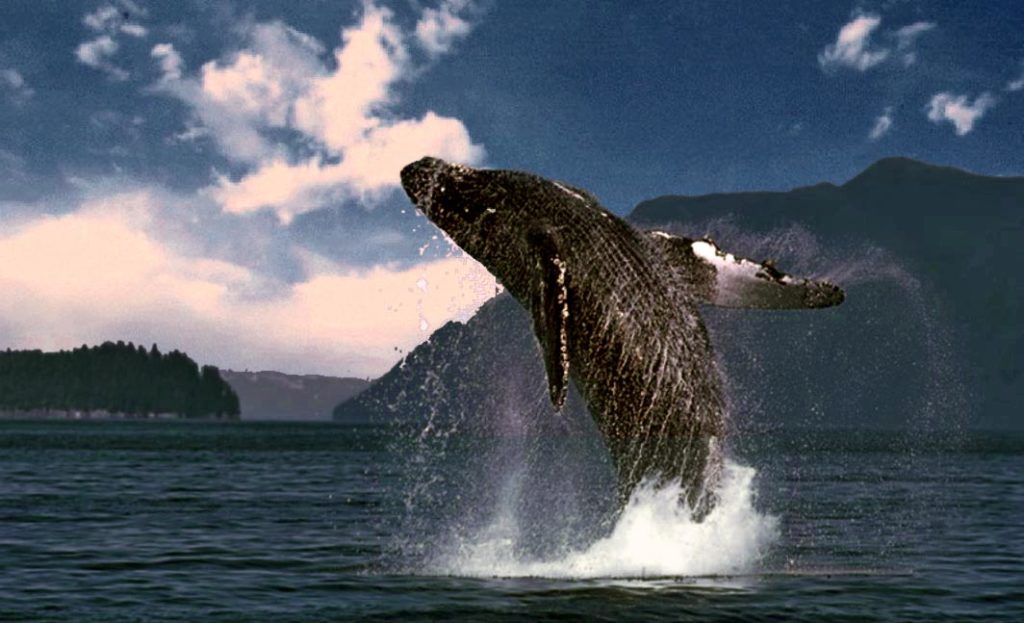
Bowhead (Greenland) Whale
Length: 14–20 meters
Weight: 83–110 tons
The bowhead whale thrives year-round in Arctic and sub-Arctic waters. Without a dorsal fin and equipped with enormous mouths, they use their massive skulls to break through sea ice to breathe. Feeding mainly on zooplankton such as copepods and amphipods, they consume nearly 1.8 tons of food daily.
Despite their immense size, bowheads are surprisingly agile, capable of breaching the water’s surface. Once heavily hunted for meat, blubber, and baleen, their population now hovers around 10,000 and is slowly increasing.
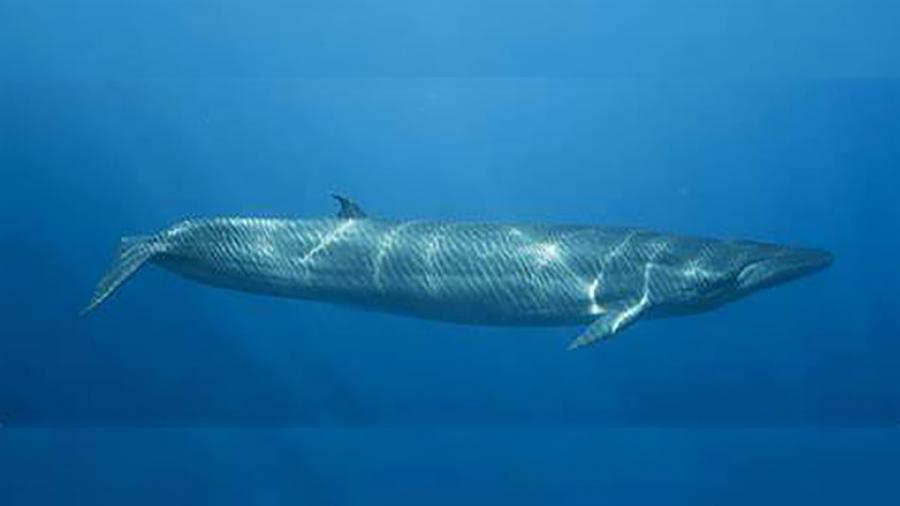
Bryde’s Whale
Length: ~14.95 meters
Weight: 13–28 tons
Named after Norwegian whaler John Bryde, Bryde’s whales inhabit tropical and subtropical waters, including South Africa, Mexico, the Caribbean, and Hawaii. They feed using a method called lunge feeding, engulfing schools of fish or krill. Usually seen alone or in pairs, Bryde’s whales occasionally form small feeding groups. Their population, around 90,000–100,000, is not currently threatened by whaling, though ship strikes remain a concern.
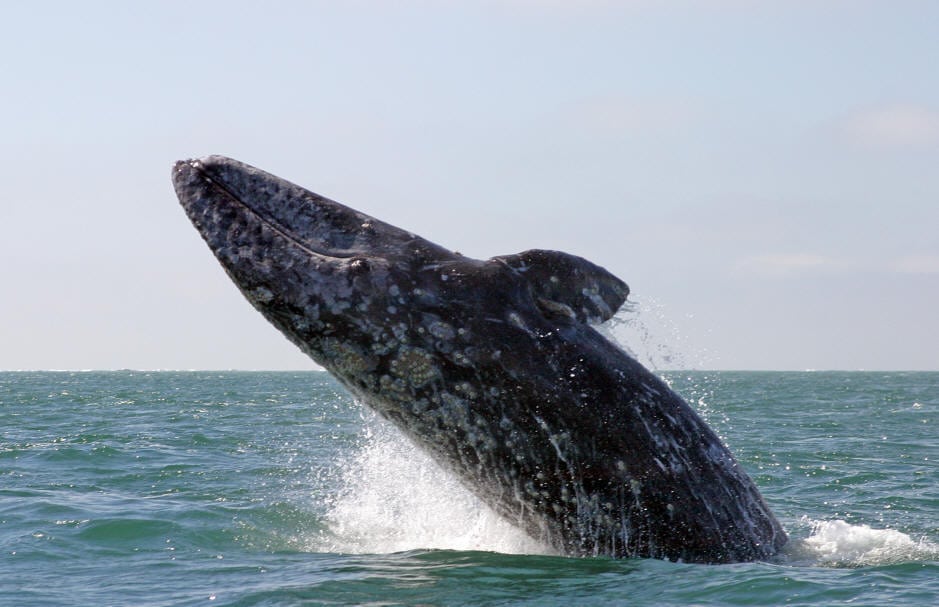
Pacific Gray Whale
Length: 14.9 meters
Weight: 17–36 tons
Also called the California gray whale, this species resides in the coastal waters of California. Gray whales have unique skin patterns and baleen plates, which they use to filter tiny crustaceans from sediment-rich waters. Despite their size, humans and killer whales are their main predators. Currently, about 26,000 gray whales survive in the Pacific.

Sei Whale
Length: 19.5 meters
Weight: 31 tons
Sei whales prefer deep waters and avoid polar, tropical, or semi-enclosed seas. Easily recognized by irregular white markings on their front, these whales feed on zooplankton and small fish, consuming nearly 900 kilograms daily. They are fast swimmers, capable of short bursts up to 50 km/h. Overhunting has reduced their numbers to around 80,000.

Sperm Whale
Length: 20.5 meters
Weight: 63 tons
The largest of the toothed whales, sperm whales are found across the globe. Their massive, block-shaped heads and dark skin make them unmistakable. Females and young males live in groups, while mature males often roam alone. Historically hunted for oil, waxy ambergris, and other byproducts, sperm whales remain vulnerable due to past overexploitation.

Fin Whale
Length: 27.3 meters
Weight: 72–84 tons
Nicknamed the “greyhound of the sea,” fin whales are sleek, fast swimmers, reaching speeds of 48 km/h. Found in all oceans, they favor moderate and polar waters. Feeding mainly on krill, they consume around two tons of food daily. Threats include whaling, ship strikes, and noise pollution, leading to a declining population.
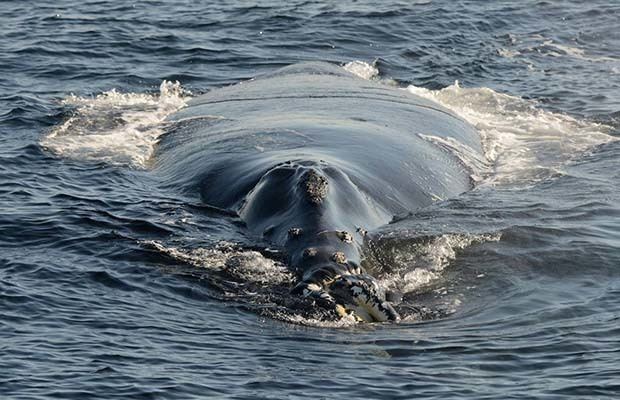
North Pacific Right Whale
Length: 18.3–21.3 meters
Weight: Over 100 tons
Critically endangered, this whale lives in the northern Pacific and is known for its thick layer of blubber, which can make up more than 60% of its body length. They feed on krill and other zooplankton, requiring enormous caloric intake daily. Human activities, climate change, and pollution pose serious threats to their survival.

North Atlantic Right Whale
Length: 18.5 meters
Weight: 106 tons
These whales are slow swimmers with up to 40% of their weight in fat, which helps maintain body heat in cold waters. Feeding mainly on copepods and small crustaceans, they are highly vulnerable due to their coastal habits and slow speeds. Today, only around 440 individuals remain, making conservation critical.

Blue Whale
Length: Up to 30 meters
Weight: 173 tons
Blue whales are not only the largest whales but the largest animals to have ever lived. With a dark bluish-gray body and lighter underbelly, they can exceed 30 meters in length—longer than three buses lined up end-to-end. Despite their massive size, they feed almost exclusively on krill, consuming up to 36,000 kilograms daily. Once heavily hunted, only 10,000–25,000 remain in the wild today, classifying them as endangered.
From the haunting songs of humpbacks to the immense, slow-moving giants like blue whales, these marine titans remind us of the incredible diversity and power of life in our oceans. Protecting them is essential—not just for their survival, but for the health of marine ecosystems worldwide.

